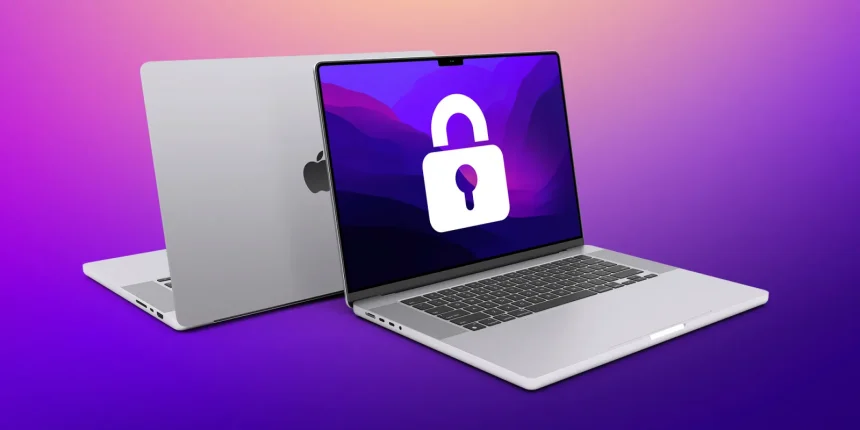Ransomware has become one of the most devastating forms of malware in the digital landscape, targeting personal and corporate data alike. A new addition to this growing list of threats is the AlienWare ransomware. Despite its name, it has no association with the Alienware computer hardware brand owned by Dell. AlienWare ransomware has already affected numerous systems by encrypting data and demanding ransom payments for decryption. This article delves into the details of this ransomware and provides an actionable removal guide, along with preventive measures to avoid similar infections in the future.
What is AlienWare Ransomware?
AlienWare is a ransomware strain that encrypts files on the victim’s system, rendering them inaccessible. Upon encryption, the ransomware drops a ransom note titled “read_it.txt” and alters the desktop wallpaper to inform victims of the attack. Additionally, it appends four random characters to the filenames of encrypted files. For instance, a file named “1.jpg” might be renamed to “1.jpg.yfa5,” and “2.png” could become “2.png.pxdc.”
Remove annoying malware threats like this one in seconds!
Scan Your Computer for Free with SpyHunter
Download SpyHunter now, and scan your computer for this and other cybersecurity threats for free!
The ransom note provides contact details for the attackers, including an email address (hot90923@gmail.com) and an Instagram handle (AlienAA). Victims are instructed to contact these accounts to negotiate a ransom amount and payment instructions. The ransom demand is often made in cryptocurrency, such as Bitcoin.
How Does AlienWare Ransomware Work?
AlienWare ransomware is based on Chaos ransomware. Once the malware infiltrates a system, it follows these steps:
- File Encryption: The ransomware scans the system for specific file types and encrypts them. File types targeted include documents, images, databases, and more.
- Ransom Note Deployment: A text file named “read_it.txt” is placed in prominent folders to notify the victim of the attack and provide instructions for contacting the attackers.
- Desktop Wallpaper Alteration: The malware changes the desktop wallpaper to reinforce its ransom demand message.
- Demand for Payment: Victims are typically asked to pay a ransom in cryptocurrency within a specified time frame to avoid permanent data loss.
AlienWare Ransom Note Analysis
The ransom note claims that all important files have been encrypted and provides the attacker’s contact information. An excerpt from the ransom note reads:
Don’t worry, you can return all your files!
All your files like documents, photos, databases and other important are encrypted
You can decrypter your files !
email:hot90923@gmail.com
instagram:AlienAA
Have a good day!
AlienWare
A more sinister variant of the note includes threats of permanent data deletion if the victim fails to comply within 48 hours. It also demands a Bitcoin payment and provides a wallet address.
How Does AlienWare Ransomware Spread?
Cybercriminals use various methods to distribute AlienWare ransomware, including:
- Malicious Email Attachments: Often disguised as legitimate files such as invoices or reports.
- Pirated Software: Downloading software from unofficial sources can lead to infections.
- Exploit Kits: Attackers use vulnerabilities in outdated software to install ransomware.
- Compromised Websites: Malicious ads or redirects can infect unsuspecting users.
- Infected USB Drives: Physical media can also serve as a delivery mechanism for the malware.
Removing AlienWare Ransomware
Remove annoying malware threats like this one in seconds!
Scan Your Computer for Free with SpyHunter
Download SpyHunter now, and scan your computer for this and other cybersecurity threats for free!
If your system has been infected with AlienWare ransomware, follow this detailed guide to remove the malware and protect your data:
Step 1: Disconnect from the Internet
Immediately disconnect your device from the internet to prevent the ransomware from communicating with its command-and-control servers.
Step 2: Enter Safe Mode
- Restart your computer.
- Press the appropriate key (usually F8 or Shift + F8) to enter the Advanced Boot Options menu.
- Select “Safe Mode with Networking.”
Step 3: Use SpyHunter to Remove the Ransomware
- Download and install SpyHunter anti-malware software.
- Launch SpyHunter and perform a full system scan.
- Once the scan is complete, review the detected threats and click “Fix Threats” to remove the ransomware.
Step 4: Restore Files (if possible)
- Using Backups: Restore your files from a recent backup if available.
- Third-Party Decryption Tools: Check for decryption tools specifically designed for Chaos-based ransomware.
Step 5: Rebuild the System (if necessary)
If no recovery options are available, consider reinstalling the operating system and restoring files from a backup.
Preventing Future Infections
To safeguard your system from ransomware attacks like AlienWare, implement the following preventive measures:
- Regular Backups: Maintain regular backups of important data on offline or cloud storage.
- Keep Software Updated: Ensure that your operating system and applications are up to date with the latest security patches.
- Use Reputable Security Software: Install a trusted anti-malware solution like SpyHunter and keep it updated.
- Beware of Phishing Emails: Avoid opening unsolicited emails or clicking on suspicious links.
- Download from Official Sources: Only download software and files from official and trusted sources.
- Disable Macros: Prevent malicious macro-enabled documents from executing by disabling macros in MS Office.
- Use Strong Passwords: Secure your accounts and devices with strong, unique passwords.
Conclusion
AlienWare ransomware represents a significant threat to individuals and organizations alike. By encrypting files and demanding a ransom, it puts victims in a difficult position. However, paying the ransom is not recommended, as it fuels further cybercriminal activities and does not guarantee file recovery.
By following the removal guide provided and implementing robust preventive measures, users can mitigate the risks associated with ransomware attacks. Equip your system with a reliable anti-malware tool like SpyHunter to detect and remove threats before they cause irreparable damage.
If you are still having trouble, consider contacting Virtual Technical Support.
Remove annoying malware threats like this one in seconds!
Scan Your Computer for Free with SpyHunter
Download SpyHunter now, and scan your computer for this and other cybersecurity threats for free!





